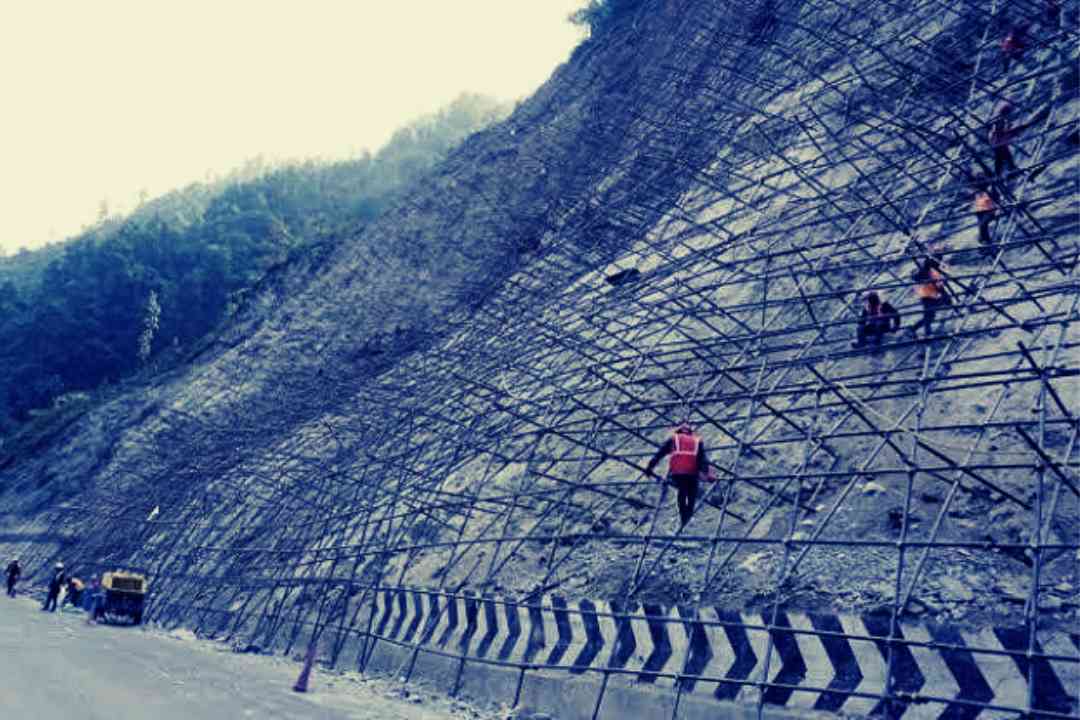Over 12% of the landmass in India is prone to landslides. Landslides are the gravitational movement of rocks, masses of earth, or debris through the mountain slopes. Hilly slopes become unstable due to groundwater pressure, earthquakes, erosions and volcanic eruptions, which cause landslides.
India is among the countries most affected by landslides due to human activities: Earthquakes caused by human activities are increasing worldwide and India is among the worst-affected countries, accounting for at least 28% of such incidents over the past 12 years, according to a published study. Investigators have collected data on more than 4,800 deadly earthquakes that occurred from 2004 to 2016, leaving behind those caused by earthquakes. More than 56,000 people have been killed by landslides worldwide during this time, most of them affected by one slope, according to a study based on the Global Fatal Landslide Database (GFLD).
At least 700 of these deadly landslides were caused by construction work, illegal mining, and uncontrolled rolling of hills. While the trend is global, Asia has been found to be the most affected continent where 75% of landslides occurred, with the highest number reported near the Himalayan Arc. All 10 countries in the world of deadly humanitarian catastrophes are located in Asia. India accounts for 20% of these cases.
The major landslide-prone areas in India include the Western Ghats and Konkan Hills (Tamil Nadu, Kerala, Karnataka, Goa and Maharashtra), Eastern Ghats (Araku region in Andhra Pradesh), North-East Himalayas (Darjeeling and Sikkim) and North West Himalayas (Uttarakhand, Himachal Pradesh, Jammu and Kashmir). The study states that fatal soil erosion is on the rise in India, where landslides caused by construction occur during this period, followed by China (9%), Pakistan (6%), the Philippines (5%), Nepal (5%) and Malaysia (5%).).
We knew that people were putting increasing pressure on the local community, but it was surprising to find the obvious trend in the database that deadly landslides caused by construction, illegal mountain cutting and illegal mines were increasing worldwide during this time. Landslides are dangerous hazards that can cause serious damage, death, and injuries and affect a variety of resources. Understanding the different types and causes of landslides can help us predict future occurrences and reduce the potential effects. Perhaps, modifying slope geometry, using chemical agents to reinforce slope material, installing structures such as piles and retaining walls, grouting rock joints and fissures, diverting debris pathways and rerouting surface and underwater drainage will help reduce the life risk that landslides pose to certain prone regions in India.
© Vygr Media Private Limited 2022. All Rights Reserved





















